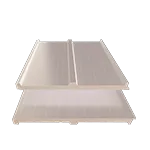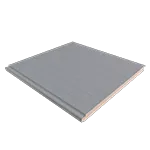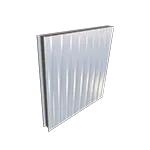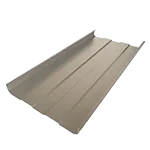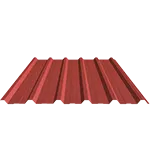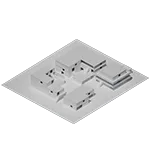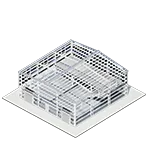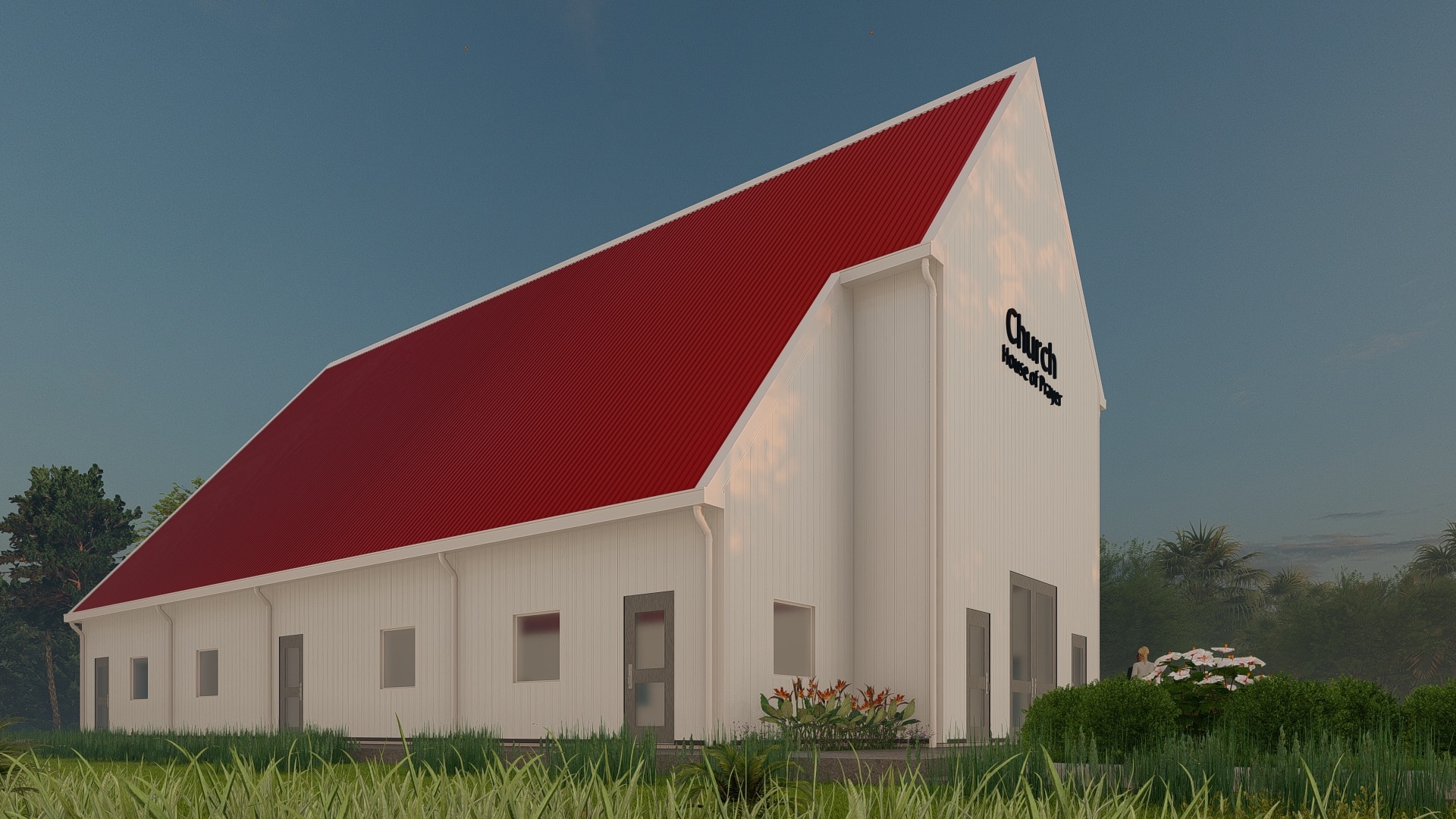Advances in aspects such as improvements in the quality of life have led many nations for some years now to implement regulations that rule environmental noise in large cities, in order to avoid stress levels in people, or in some cases health disorders in those who are exposed to noise for long periods of time.
In developed countries, there is a real effort to improve year after year the comfort levels in their cities, and for this, they must work to reduce considerably the noise pollution levels.
With these starting points, in this article, we briefly explain the advantages of using noise isolating and sound-absorbing systems. In our case, we present a solution through the use of a special category of an insulating panel with a rock wool core. We study its characteristics and how it is used for this purpose.
Insulated Metal Panels as An Acoustic Solution
In other articles, we have talked about the configuration and different materials that make up the manufacture of an insulated panel. This time we are going to talk about a variant of sandwich panel with rock wool core, which one of its most outstanding uses is as an acoustic barrier.
Sources of noise
We live in a society in which we are continuously surrounded by sounds. Some of them are at acceptable levels and do not interfere with the health of citizens living near these noise sources.
Local governments, in recent years, have been concerned about keeping environmental pollution levels under control, in most cases by increasingly demanding regulations that are evolving as the state of well-being of our cities progresses.
Some of the most common emitters are usually the industrial sector, construction sites, manufacturing industry and means of transport both by road and railway, bars, leisure and tourism. These are not the only ones, but they are the most common.
Studies by the World Health Organization (WHO), the European Union, the Centers for Disease Control and Prevention (CDC), and the Spanish National Research Council (CSIC) have unanimously stated that noise has both physiological and psychological health effects.
Long-term exposure to loud ambient noises is associated with medical problems such as hypertension and heart disease.
Sounds above 80dB can lead to aggressive behavior and psychiatric symptoms, although the main and most common consequence is the loss of hearing.
Adverse effects of noise may include:
- Headaches
- Difficulty in verbal communication and hearing ability
- Sleep and rest disturbance
- Stress, fatigue, depression, nervousness
- Gastritis
- Work disruption and distortion
- Sexual dysfunction
Sound levels and their impact on humans
Existen otros innumerables estudios sobre los niveles de ruido y su impacto en la salud del ser humano, en el siguiente gráfico podremos observar un diagrama de distintas fuentes de ruido y su impacto medidos en decibelios.
It is a system used to preserve food in a fresh state without affecting the conditions of the food.
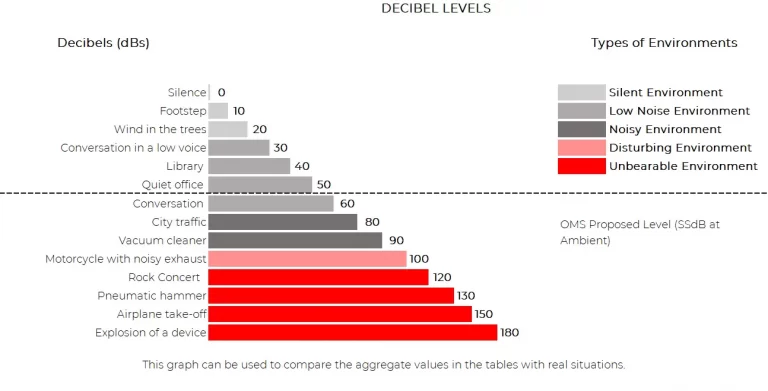
The World Health Organization recommended noise level to ensure good health and well-being is 65 dB. If exposure is above 85 dB, there is a risk of chronic hearing loss. If exposure is repeated over time and above 100 dB, there is a risk of immediate hearing loss.
Noise-induced hearing loss, also known as acoustic trauma (acute or chronic), is a health problem that is increasing with the advance of society, which is why noise is included in the term acoustic pollution.
Insulating materials and sound absorbing materials
It is necessary to differentiate that, to counteract this type of noise sources, we can contain them in two ways: with insulating materials, which are those that reflect sound; and sound-absorbing materials, which can absorb it.
In our case, we are going to focus on sound-absorbing materials. There are a large number of composite materials, which give us greater or lesser performance. Among the best known we have:
1) Flexible polyurethane sound-absorbing foam: It is a very economical material with a wide customization option.
2) Wood: Wooden boards and derived products such as melamine coated agglomerate.
3) Laminated gypsum: It is used exclusively for interiors and allows correcting reverberation.
4) Polystyrene: A plastic polymer similar to polyurethane, usually used in its expanded version.
5) Rock wool: Excellent acoustic insulation performance and it’s a material with excellent fire resistance properties. Acoustic panels are usually made of this material.
6) Glass wool: good performance, but being a less dense material, it is less than rock wool.
According to some studies, mineral wool has better absorption values at frequencies from 250 to 500 Hz (low sounds), but rock wool has better performance from 2,000 Hz (high-pitched sounds).
Rock wool acoustic panels
The insulation panel with rock wool core, thanks to its sound absorbing properties due to its porous composition and high density of the material, is usually installed as sound barrier to contain the sound waves emitted by the sources of environmental noise.
As we have already seen in this article, such sources often have an impact on people’s daily lives and, in the long term, have a detrimental effect on their health, so rock wool panels play an excellent role in protecting building users by acting with their sound-absorbing attributes.
This panel has the peculiarity that the side facing the noise source has perforations, while the opposite side is completely smooth. This combination is responsible for improving the acoustic reduction performance.
Sound absorption is measured with a coefficient with values between 0 and 1 dimensionless, measured by the incident energy (noise) per unit area of the sound-absorbing element. The higher the value, the better the sound performance.
Another variable to consider when choosing the sound-absorbing material is that the greater the thickness, the greater the absorbent performance.
One of the additional advantages of these sandwich panels with rock wool core is its favorable performance in fire situations. That is to say, it is a material that has an outstanding fire retardant behavior in case of fire, being category A and allowing to determine exact times of fire resistance, as required by many local regulations and insurance companies.
When a sound barrier is needed, choose rock wool
The sources of environmental noise that most affect people’s health are road traffic, followed by sources of noise from construction and industry. We should not forget the noise coming from bars and entertainment venues, although they have a lesser impact.
In view of this, in the construction sector there is a good diversity of materials available to be used as sound barriers, however, the rock wool panel is one of the most outstanding, due to the advantages it has over other alternatives.
The rock wool insulation panel has great performance in the absorption of environmental noise and, at the same time, has an extraordinary behavior in case of fire, which makes it an ideal product to be installed in residential areas, hotels, hospitals, multimedia recording studios, specialized laboratories, and others where the need for isolation from external noise is paramount.
If you are interested in this type of material, you can find more information on our website, or by downloading the rock wool panels specifications sheet.
